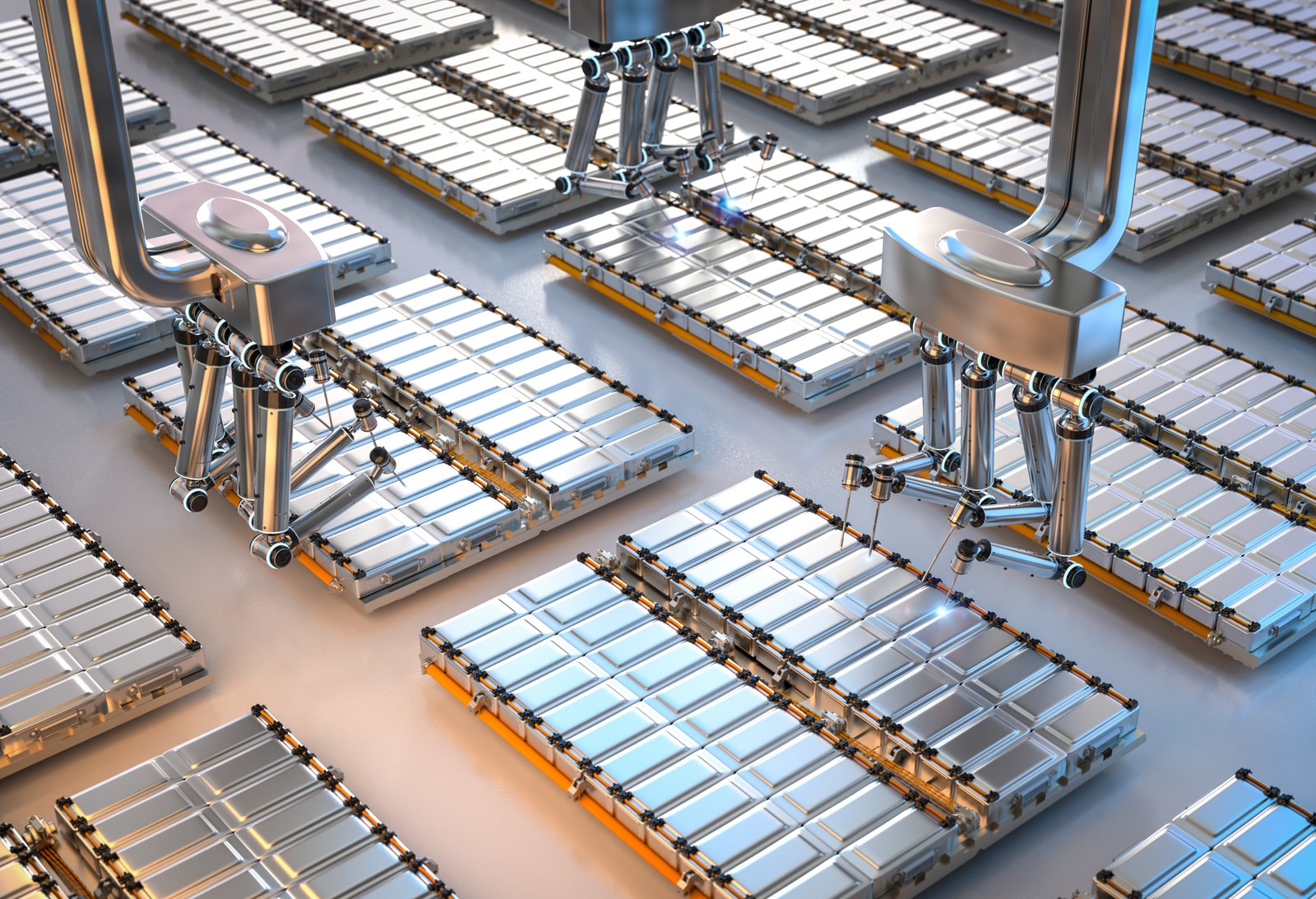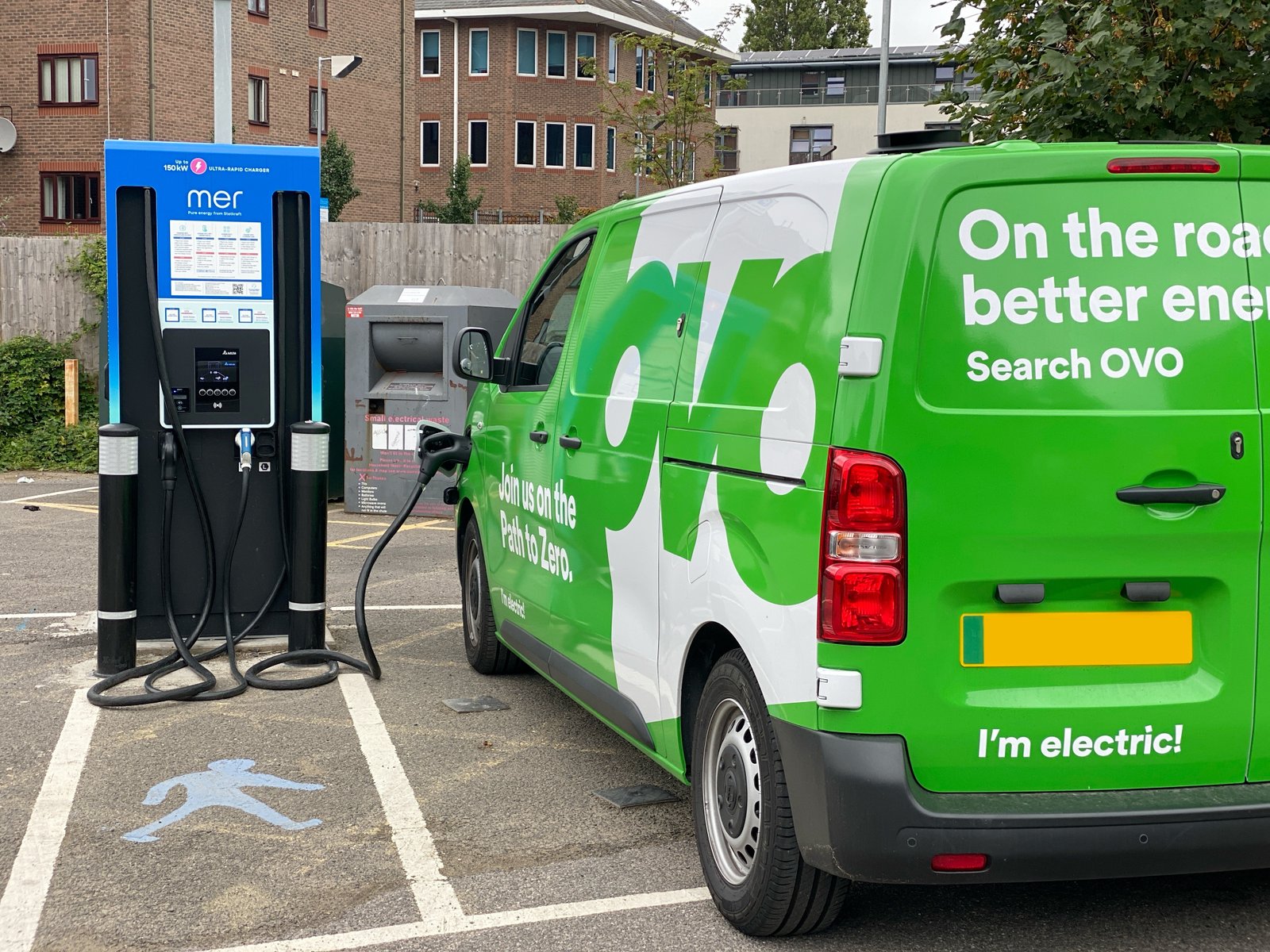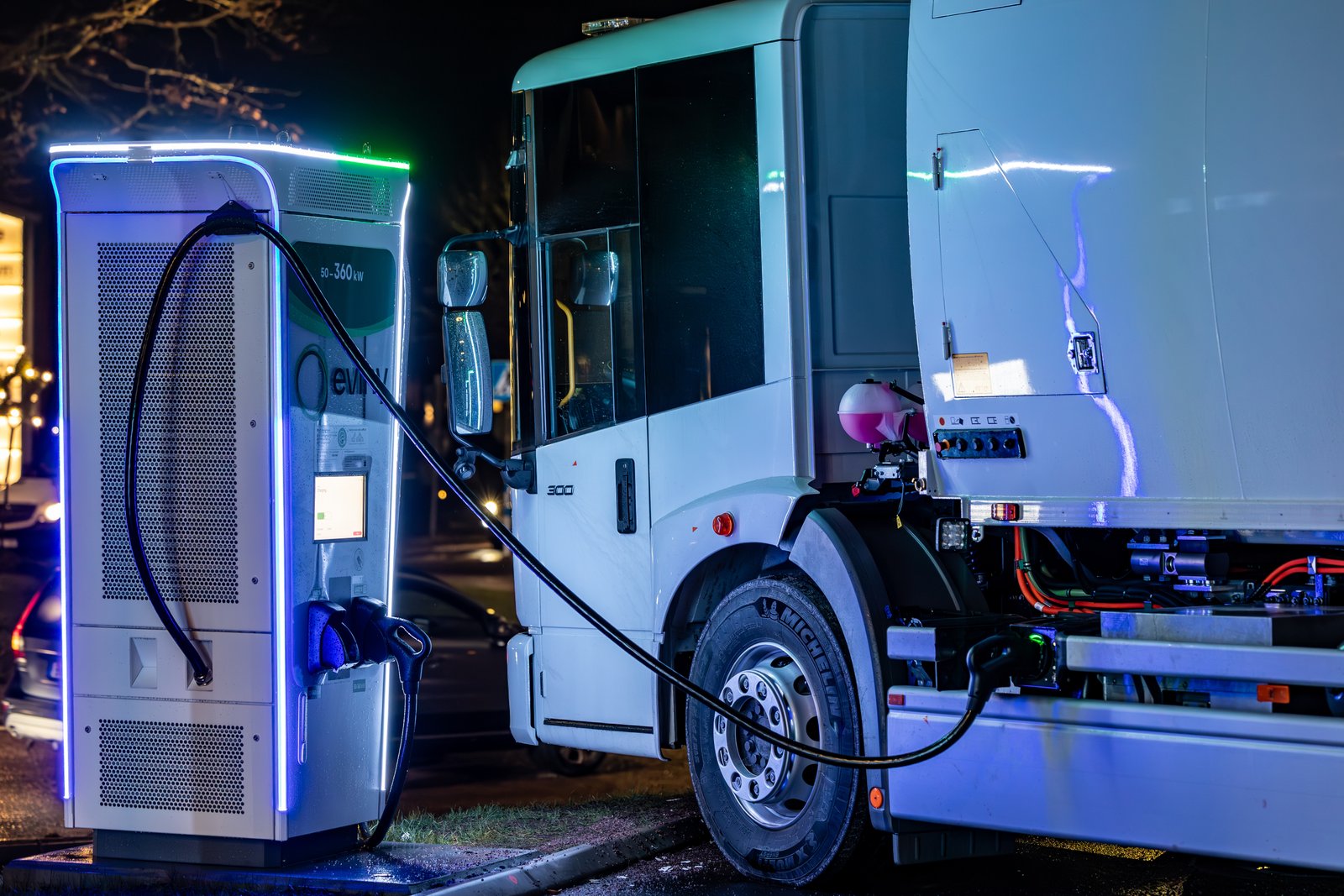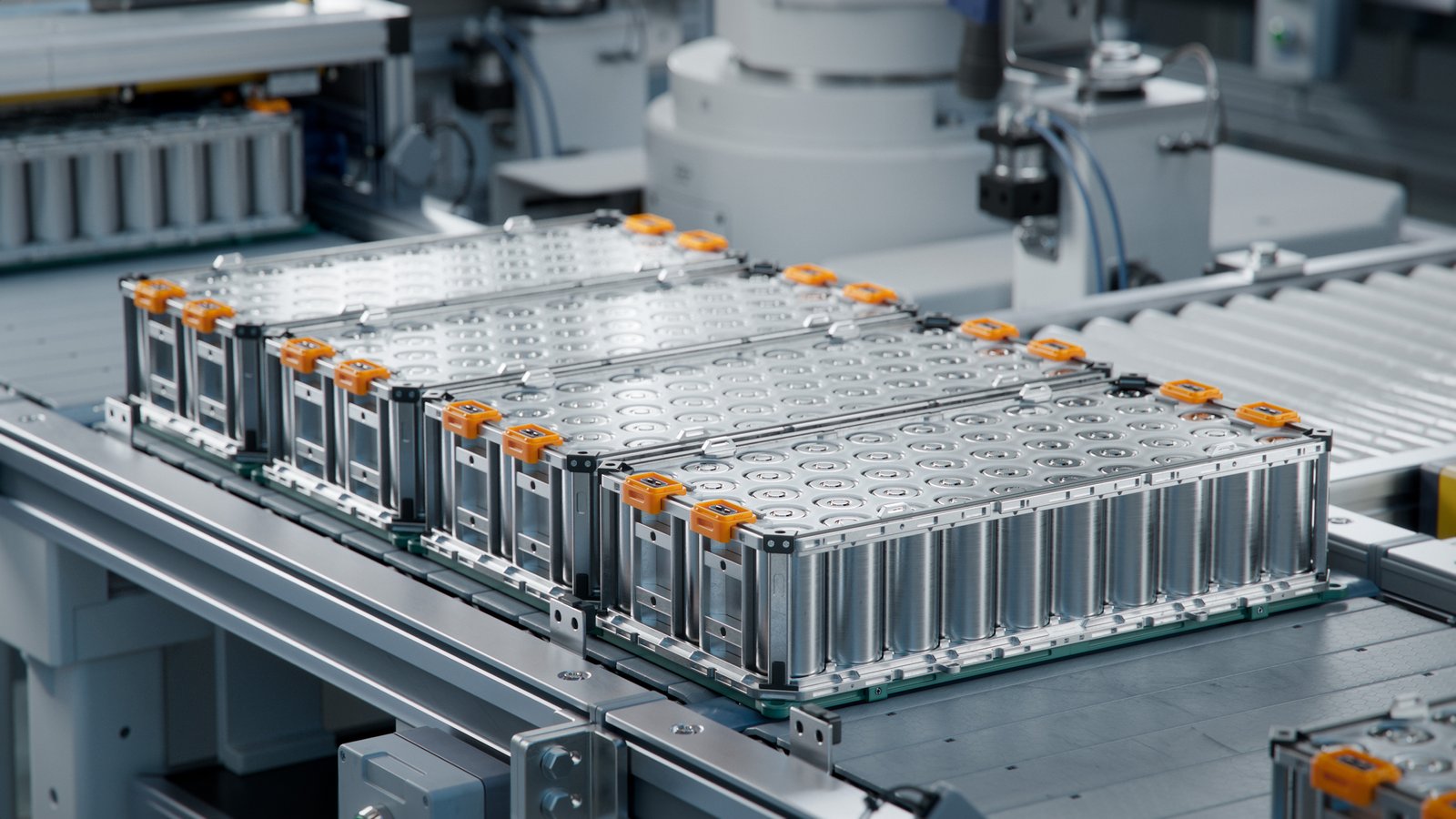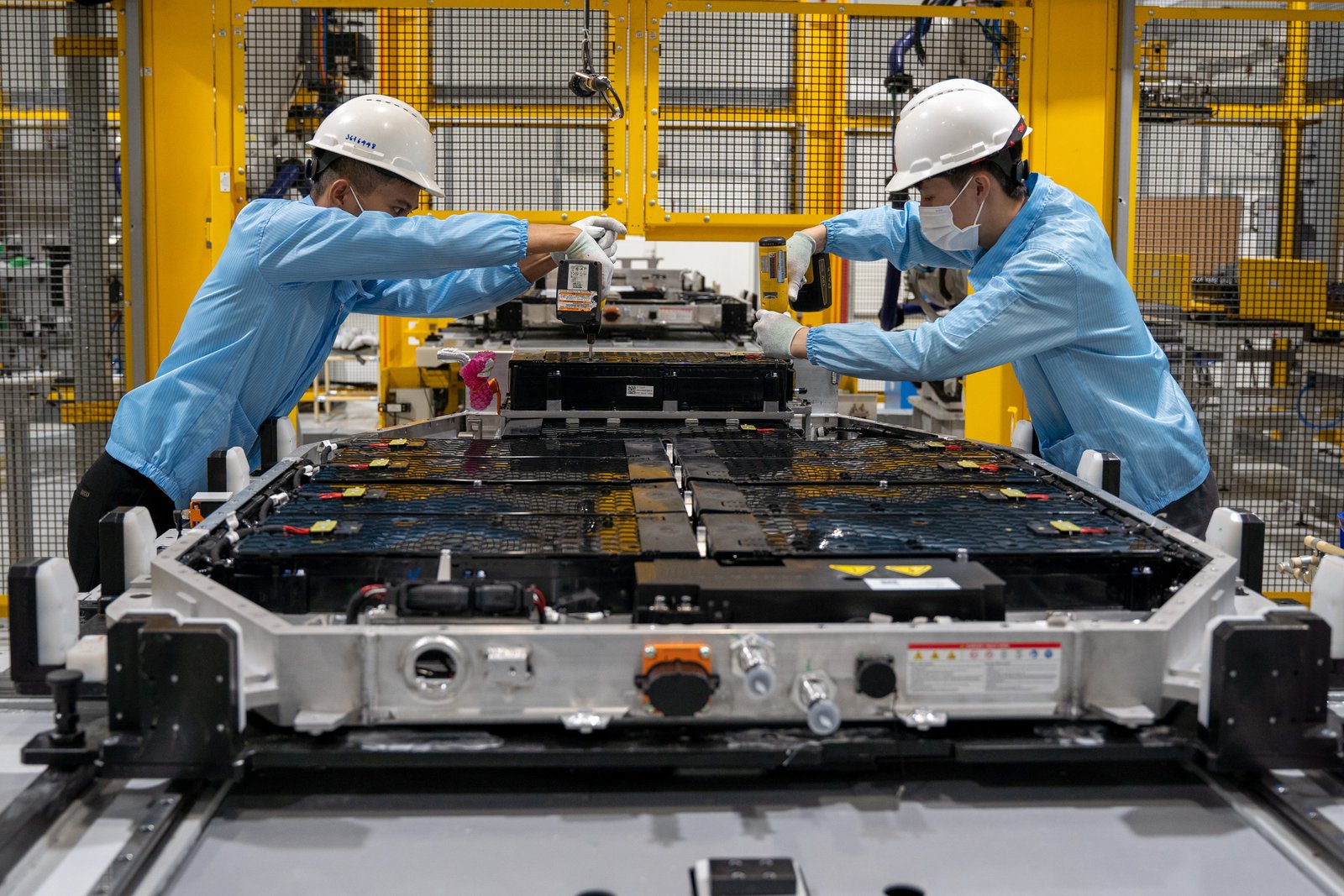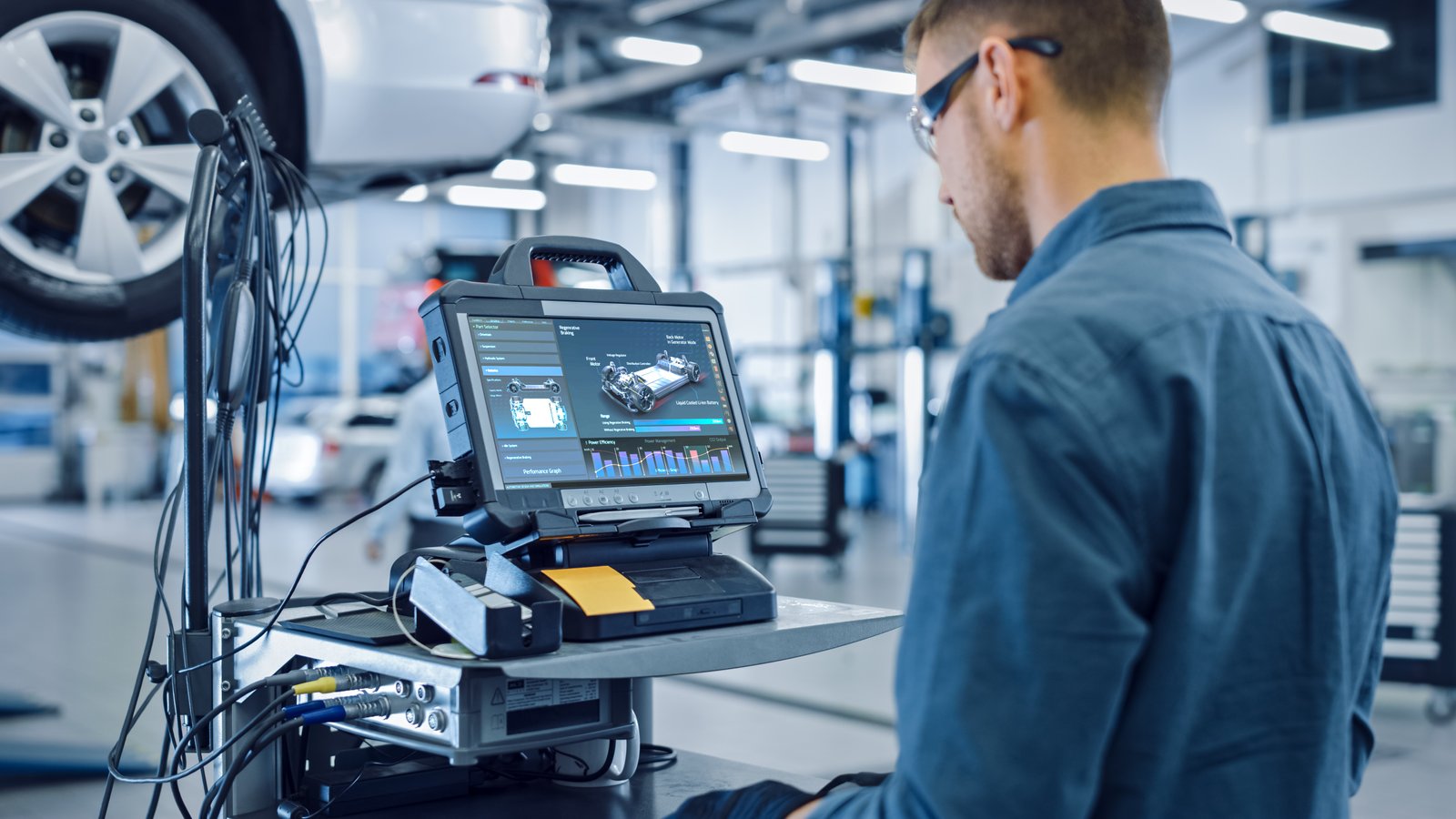Lithium-ion (Li-ion) batteries have become ubiquitous in our daily lives, experiencing a consistent surge in demand over the past decade. Their applications span a wide range, from consumer electronics and portable devices to electric vehicles (EVs) and stationary energy storage systems. Notably, electric vehicles have been the primary driver behind this growth, emerging as the sector with the most substantial share of the total global demand for Li-ion batteries. Projections indicate that the market for EV batteries is expected to surpass US$370 billion by 2034.
With the escalating demand for Li-ion batteries, there is a parallel need to address their sustainability across the entire lifecycle. This encompasses aspects such as raw material extraction and processing, battery use or potential reuse, and, significantly, end-of-life (EOL) considerations. The challenges associated with some of these factors have spurred the exploration and development of alternative energy storage technologies. Notably, these alternatives aim to mitigate the risk of supply bottlenecks related to materials like lithium, cobalt, and nickel.
One such alternative is Na-ion batteries, which can provide performance characteristics comparable to Li-ion without relying on lithium or cobalt. Additionally, redox flow batteries present an option by utilizing more affordable and widely available materials like zinc, iron, or organic compounds, albeit with vanadium electrolytes being predominant in current deployments. Despite the potential of these technologies to diversify material demand toward more widely available and environmentally friendly options, the forecast suggests that the demand for Li-ion batteries will continue to surge. Consequently, the supply of Li-ion materials and effective end-of-life management will remain critical considerations.
Li-ion at end-of-life (EOL)
Once a Li-ion battery reaches the end of its initial life, various options can be considered for its management. These options include disposal, recycling, or repurposing for second-life applications.
1. Disposal: Simply discarding Li-ion batteries can lead to environmental hazards. The potential leakage of flammable and hazardous electrolytes into the environment poses risks. Moreover, disposal neglects the remaining value or materials within the battery, making it an unsustainable option.
2. Repurposing (Remanufacturing): Repurposing involves giving Li-ion batteries a second life through applications other than their original use. For instance, batteries from electric vehicles (EVs) can be repurposed for stationary energy storage applications. This approach aims to extract maximum value from the battery by utilizing it in a less demanding application, extending its overall lifespan.
3. Recycling: Recycling is a crucial option for managing end-of-life Li-ion batteries. This process focuses on recovering valuable materials from the battery, including those within the cell and other components of the battery pack. Recycling is essential for battery manufacturers aiming to mitigate potential future raw material supply constraints, navigate fluctuating raw material prices, and establish a more localized and sustainable material supply chain.
Selecting the appropriate end-of-life option for Li-ion batteries is pivotal for environmental responsibility, resource conservation, and the long-term sustainability of the battery industry.
Li-ion Battery Recycling Process
Li-ion battery recycling involves the extraction of materials such as lithium, cobalt, nickel, manganese, copper, and aluminum. The recycling process combines mechanical, hydrometallurgical, and pyrometallurgical steps to recover valuable metals from spent batteries.
1. Mechanical Processing:
- Recyclers begin by disassembling battery packs to obtain individual Li-ion cells.
- These cells are mechanically crushed to form a powder known as black mass.
2. Hydrometallurgical Processing:
- Chemical reagents are used in hydrometallurgical processing to selectively extract valuable metals from the black mass.
- This process produces battery-grade metal salts, such as lithium carbonate and cobalt sulfate
- The metal salts can undergo further processing to manufacture precursors for cathode active materials in new batteries.
- This recycling approach is cost-effective compared to manufacturing new cathodes from virgin materials, and it often results in lower environmental impact.
3. Pyrometallurgical Processing:
- Pyrometallurgical processing takes place in a shaft furnace, employing high-energy methods.
- This process produces a mixed metal alloy and a slag stream containing lithium, manganese, and aluminum.
- Additional hydrometallurgical processing is needed to recover all valuable metals from the intermediaries.

